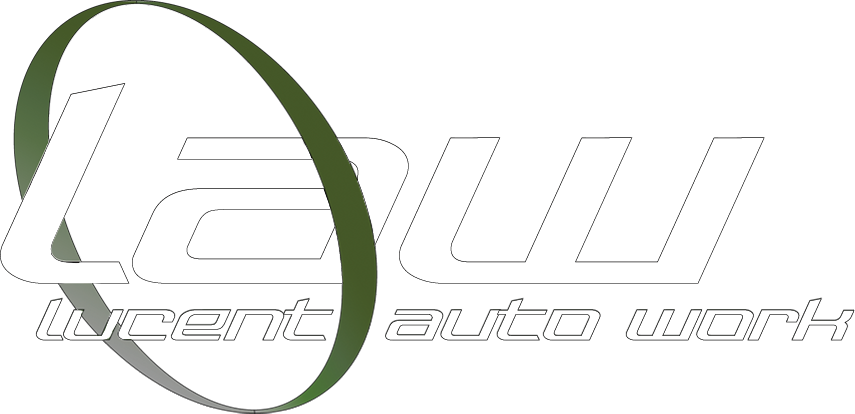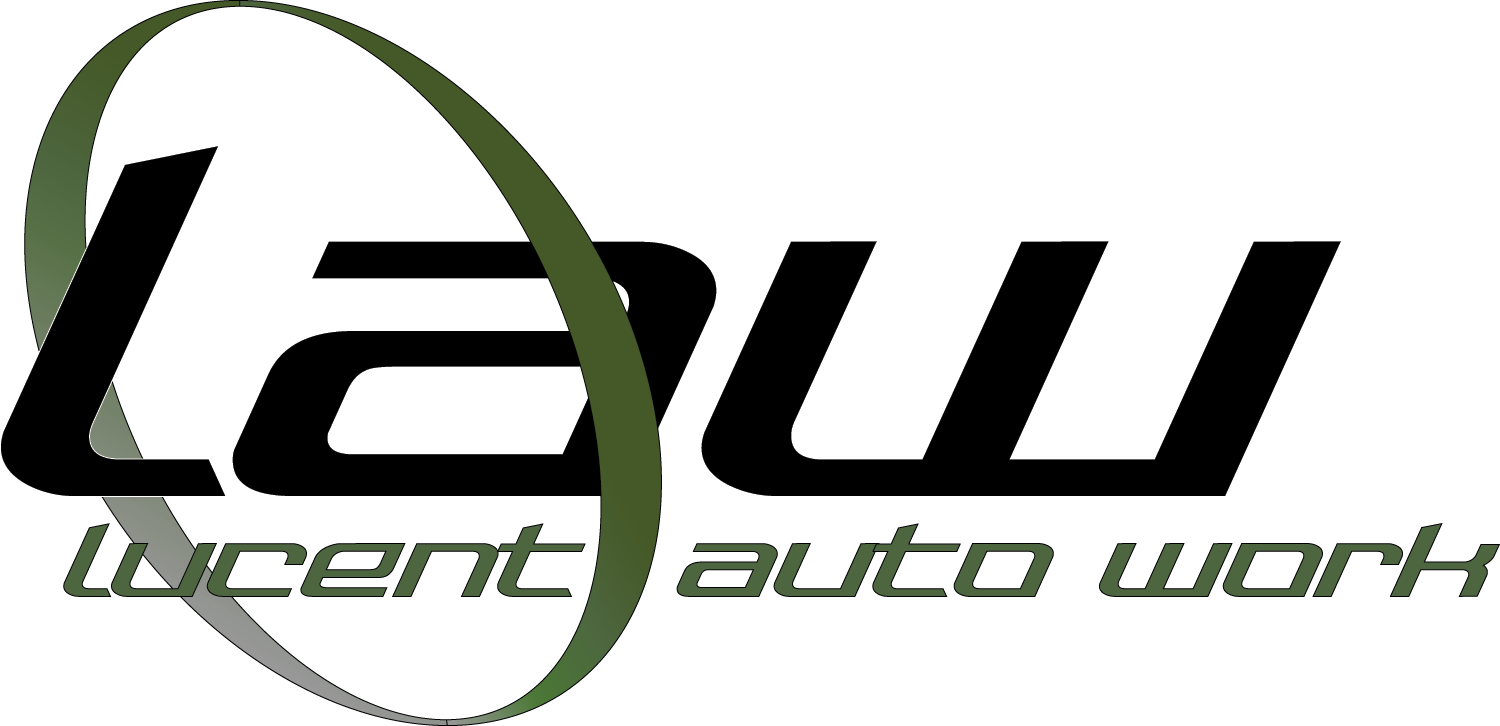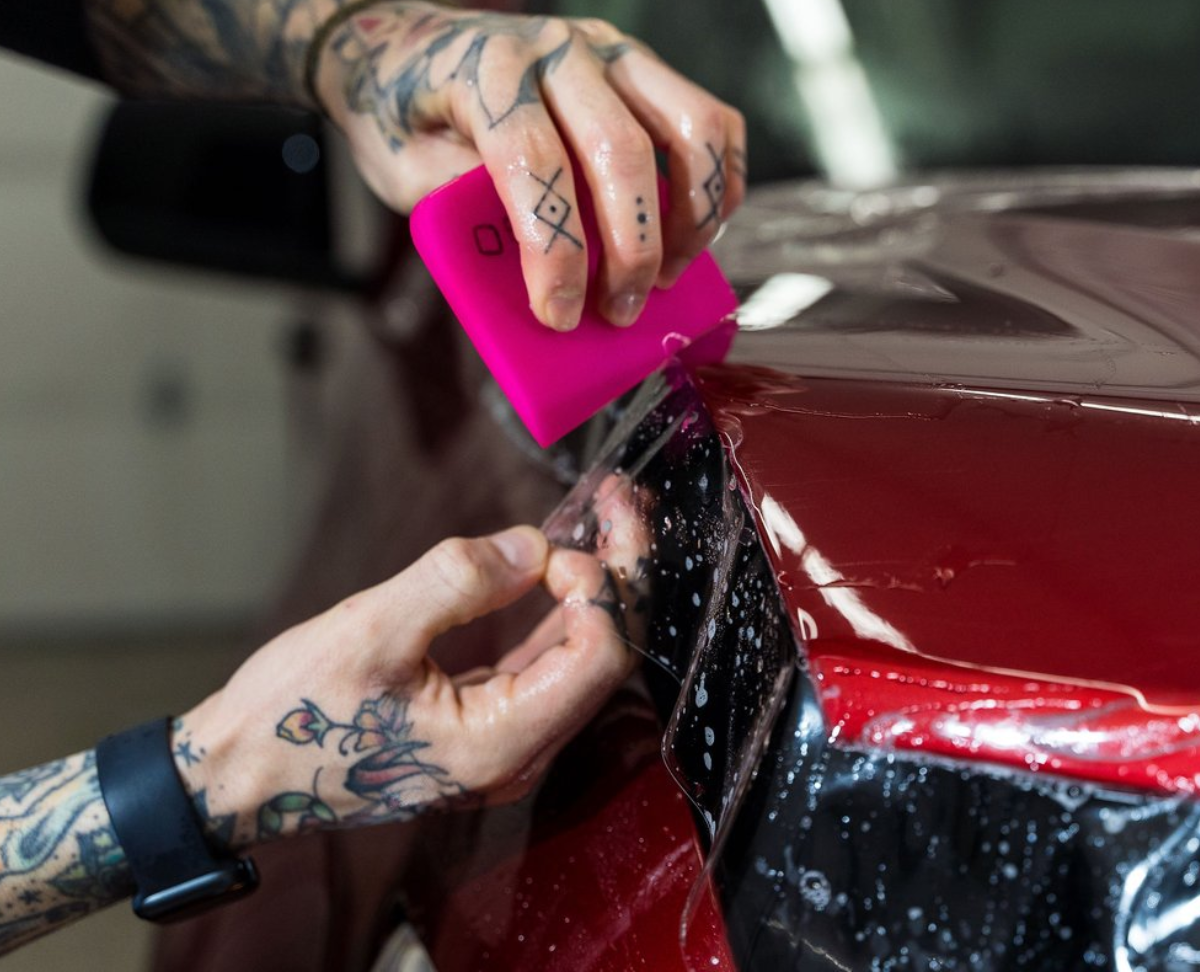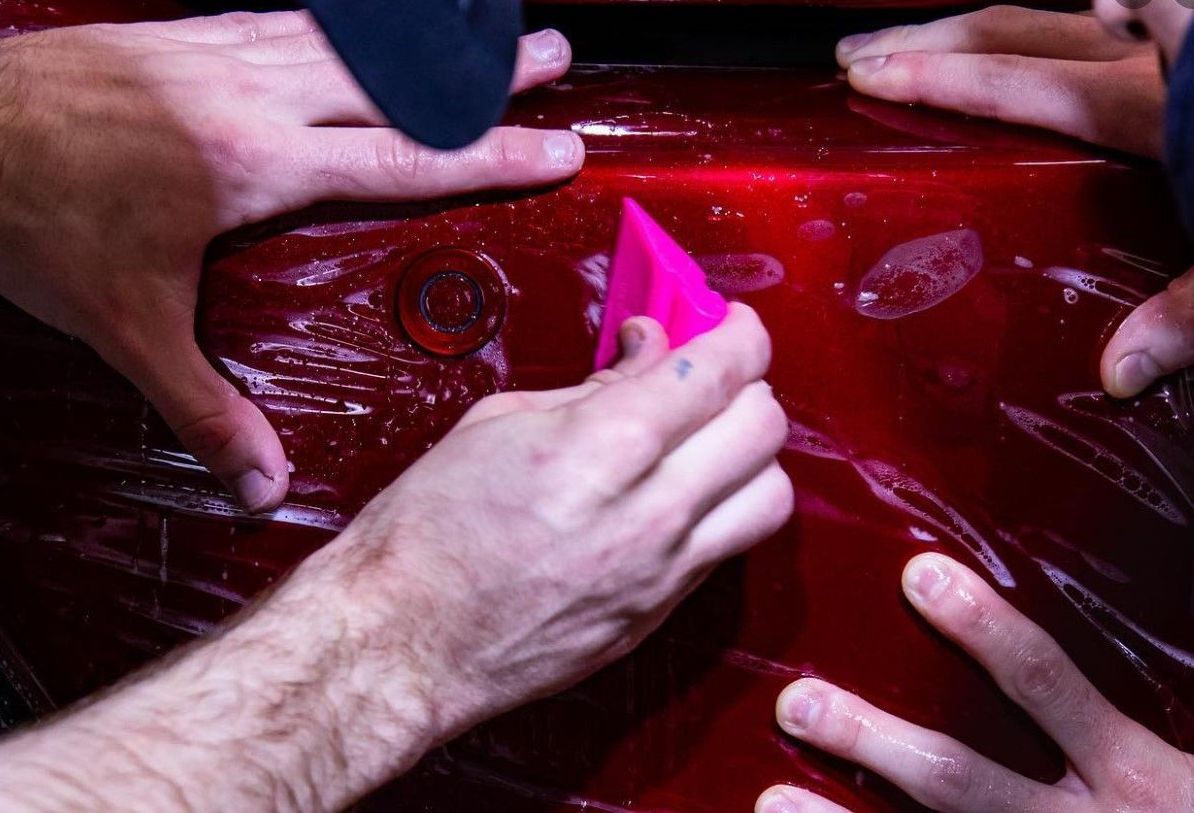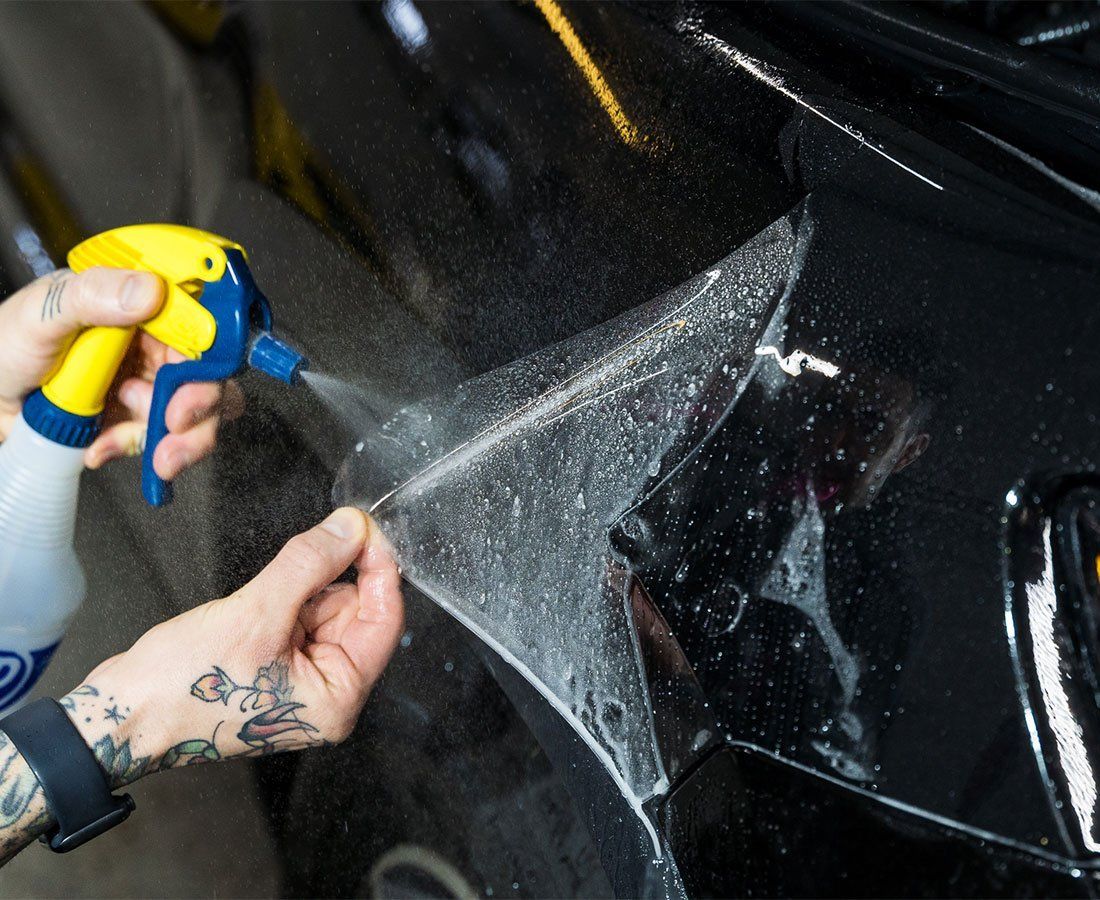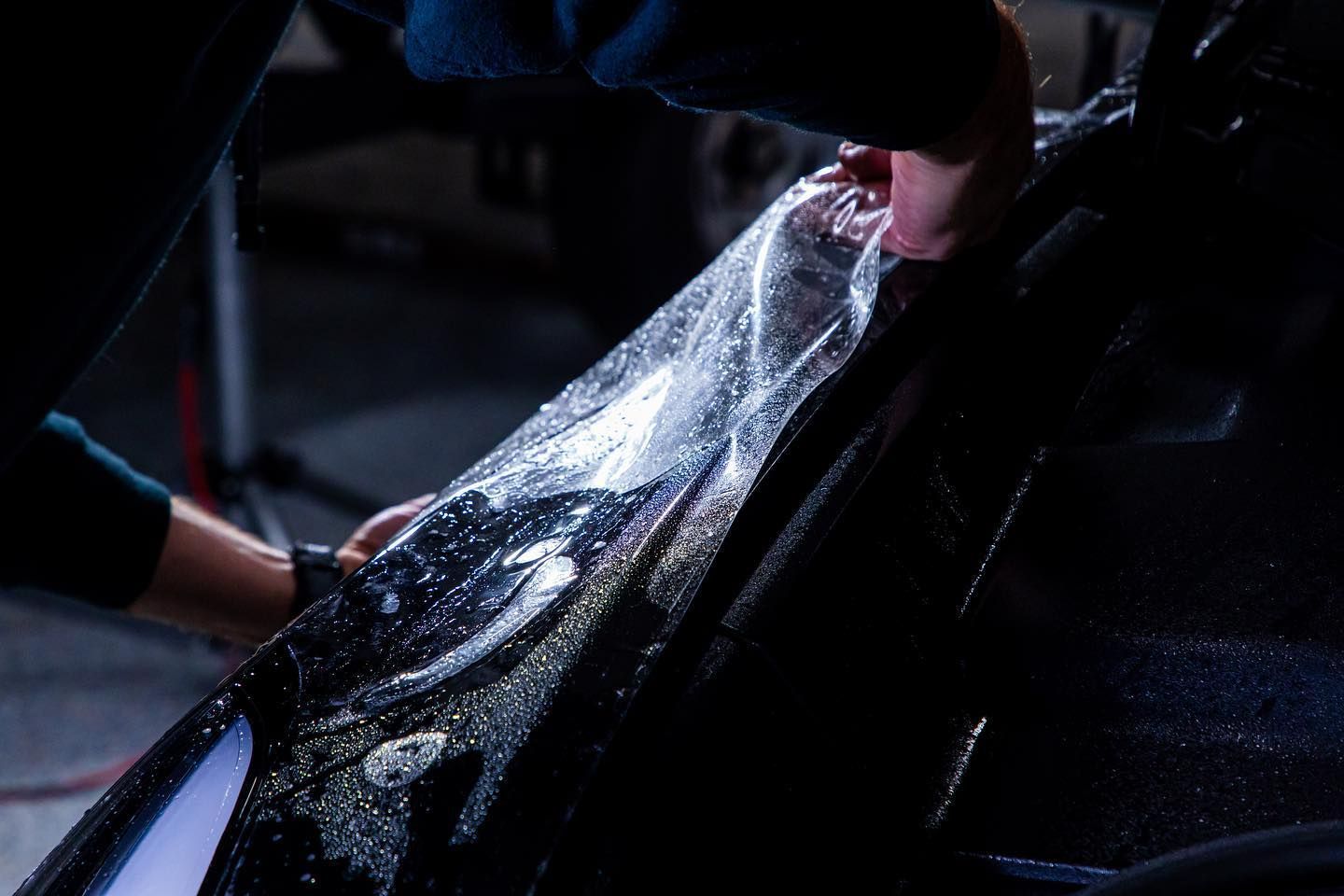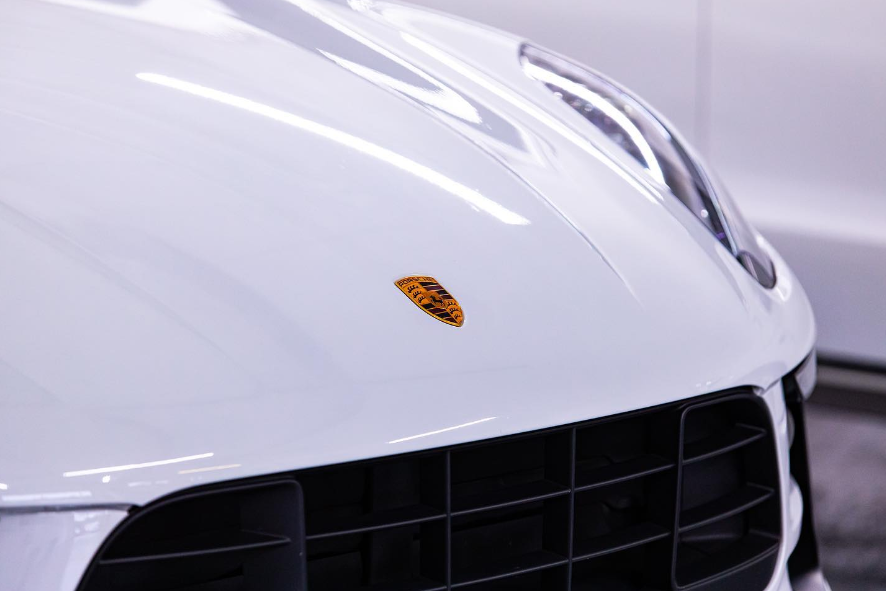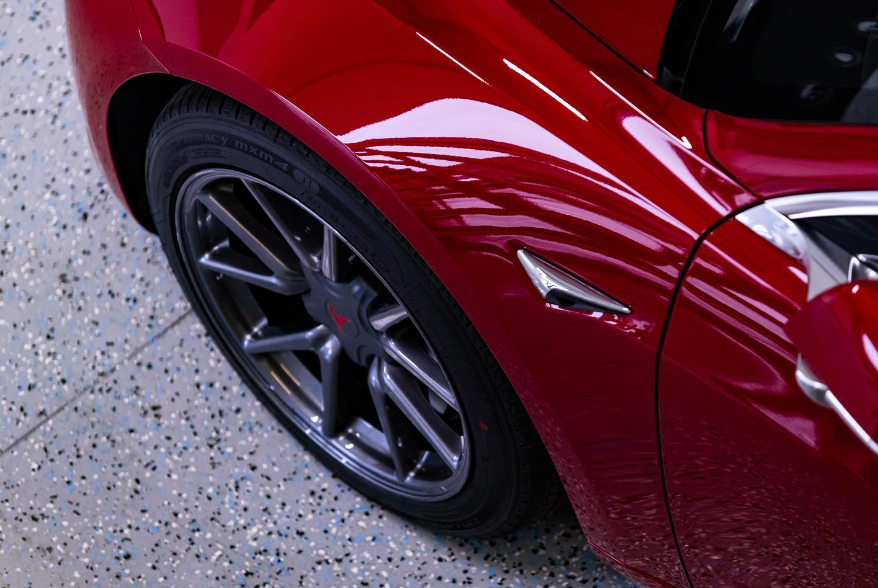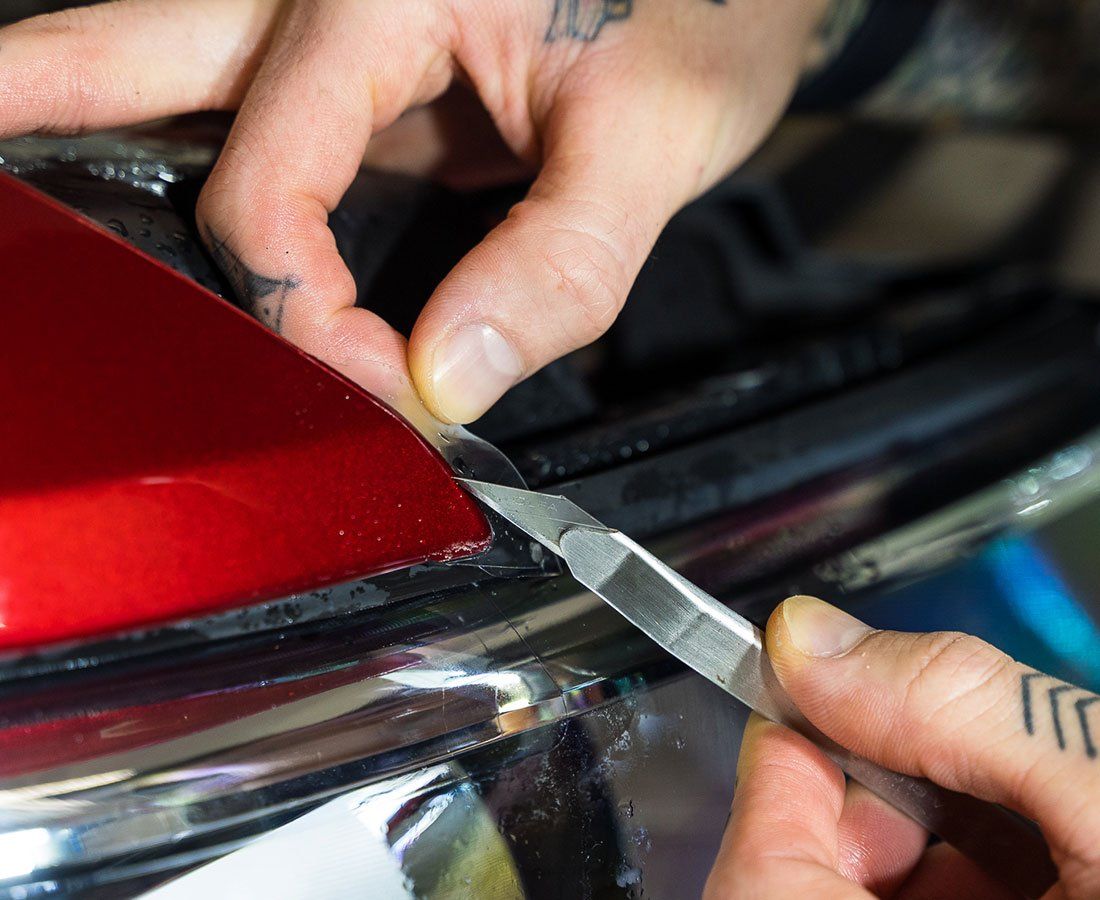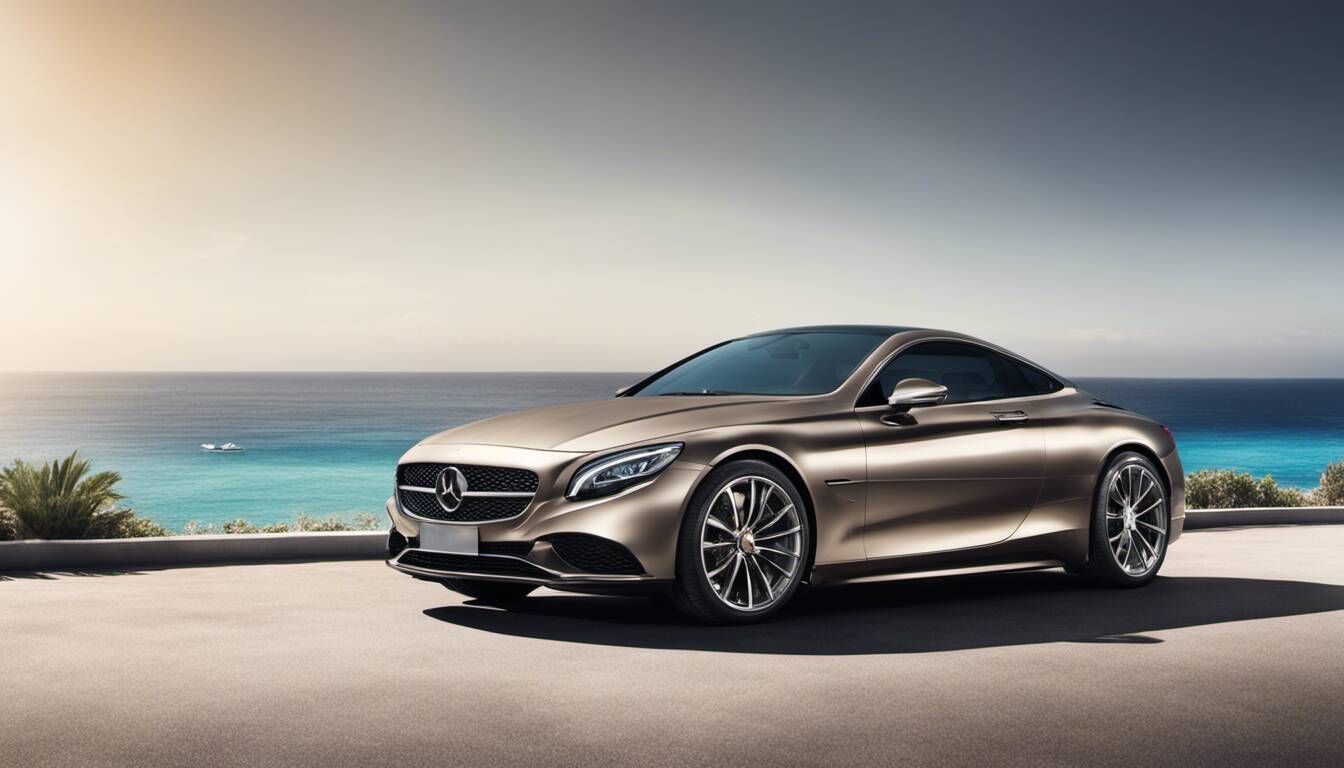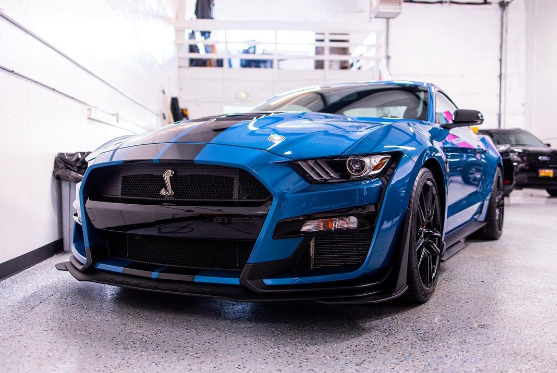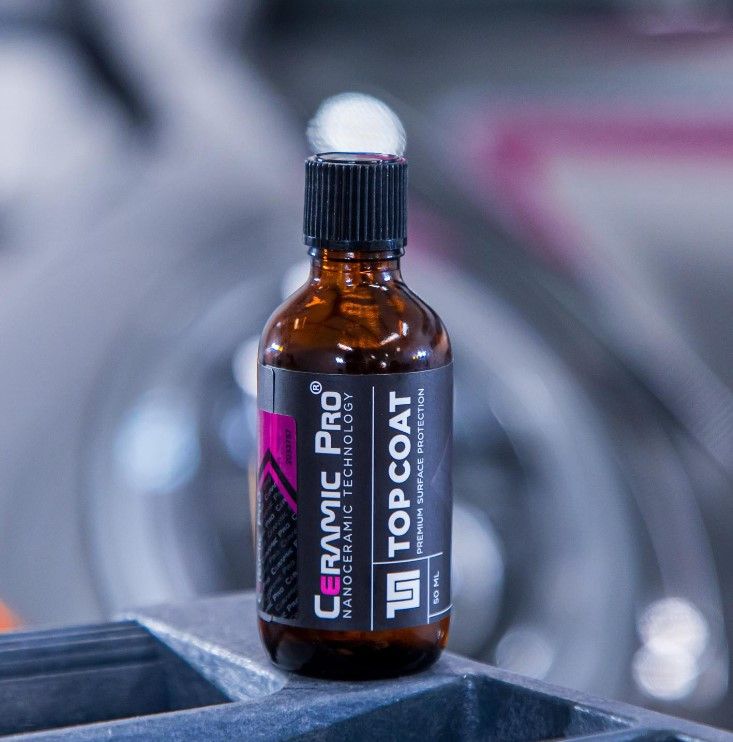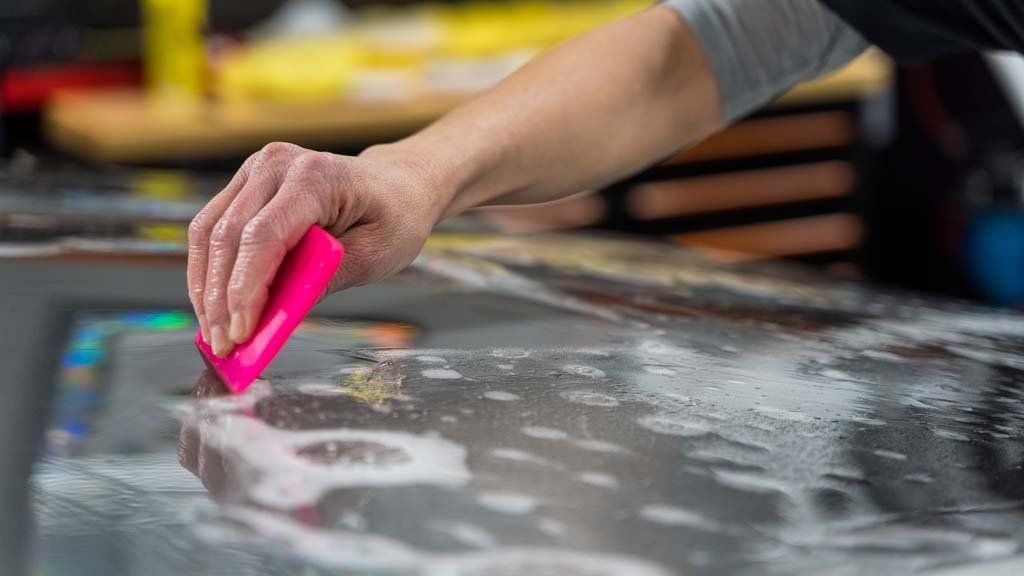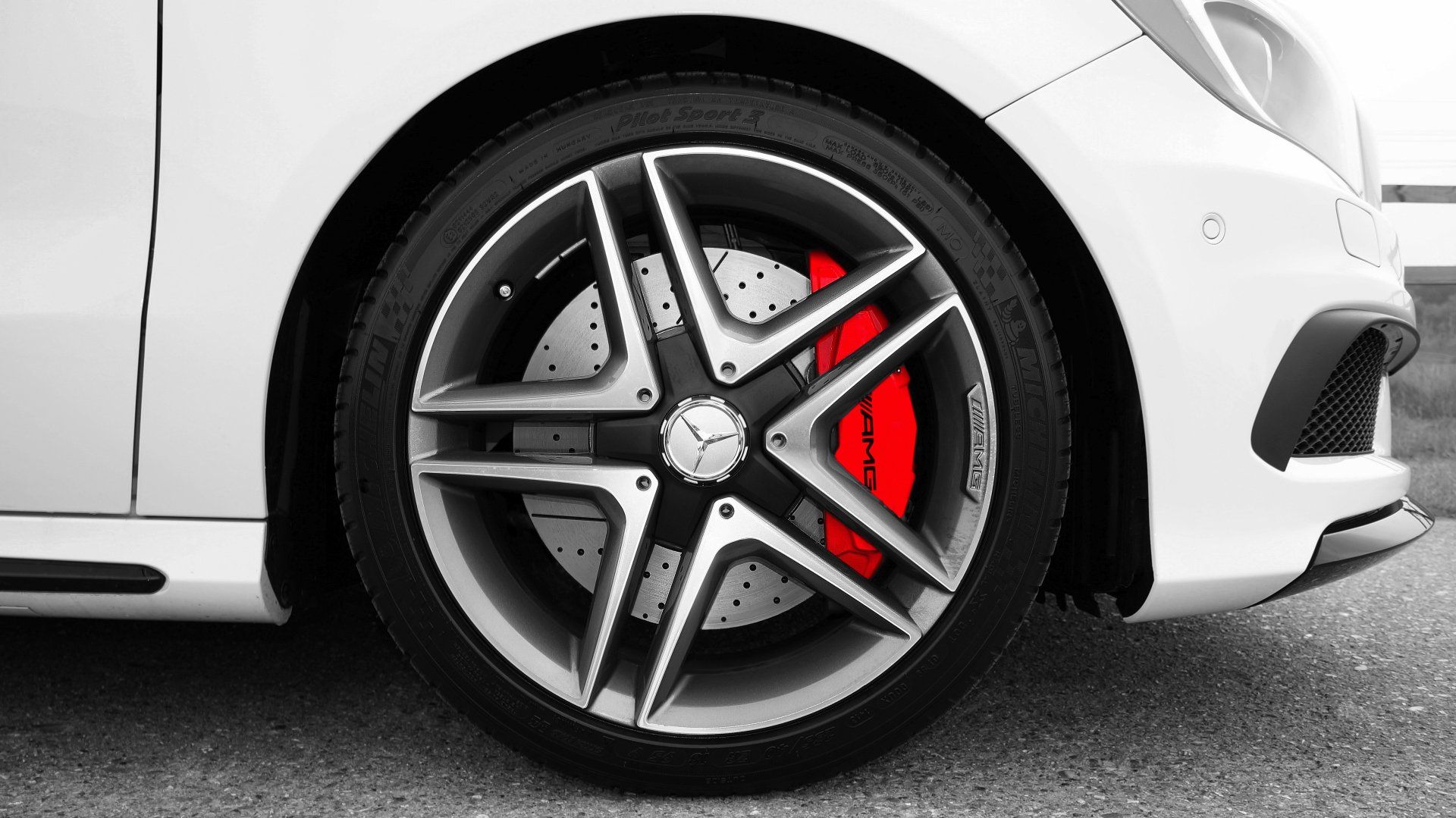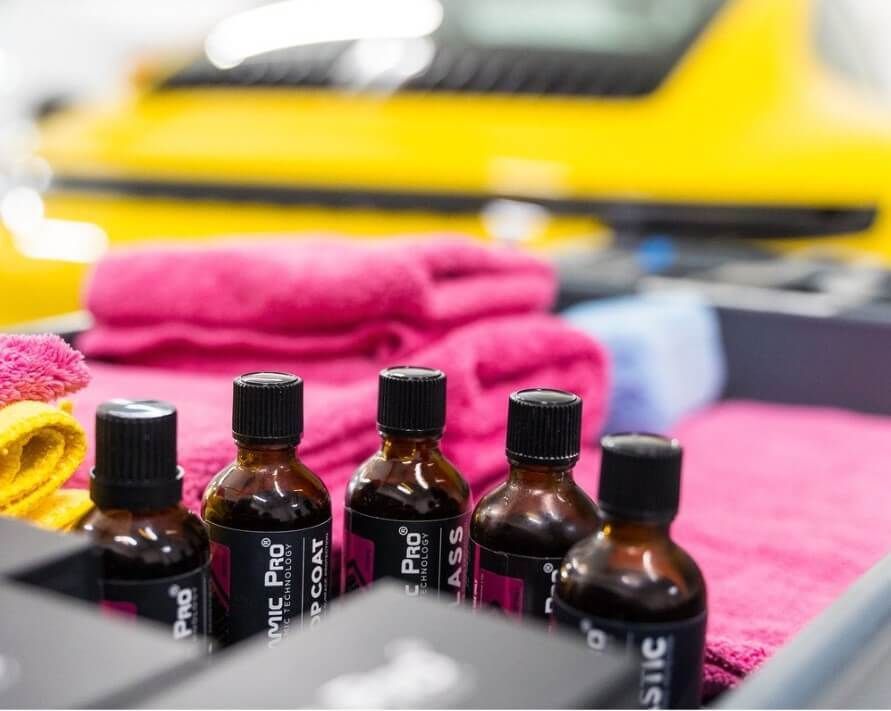How PPF Adds Value to Your Vehicle: Protecting Your Paint for Future Resale
CALL (253) 533-6776Paint protection film works like a clear skin for your vehicle. It not only shields your car's paint from damage but also keeps it glossy, much like on day one. Yet, there's more to PPF than just surface-level protection. Surprisingly, some variants even self-heal minor scratches when bathed in heat or sunlight. So think of it as securing a new look for your vehicle every time the sun shines. So, when you decide to sell your car, you might notice its paint looks fresh and shiny as ever.
A high-quality paint protection film adds value to your vehicle by protecting it from rock chips, scratches, and other forms of damage, preserving its pristine appearance and potentially increasing its resale value. Additionally, PPF can enhance the longevity of the vehicle's exterior, reducing the need for costly touch-ups and repairs.
Paint Protection Film Varieties
Paint protection films (PPF) aren't a one-size-fits-all solution. Instead, they come in various thicknesses and types to meet the specific needs of your vehicle and your personal preferences. The thickness of a paint protection film usually ranges from 8 mil to 40 mil, with the most commonly used options being 8 mil, 10-mil, and 12-mil.
- Different Finishes: When it comes to finishes, PPF can be clear, glossy, or matte. Clear paint protection film offers a transparent protection layer without altering the original appearance of the vehicle. It's perfect for those who want to protect their car while keeping its factory look intact. On the other hand, glossy PPF provides a shiny finish that not only protects the paint but also enhances the overall appearance of the vehicle by adding a sleek and polished look. Matte paint protection film is designed for those who prefer a non-glossy, understated appearance. It gives vehicles a flat finish, providing protection while also catering to specific aesthetic preferences.
- Additional Properties:
Some paint protection film products on the market offer self-healing properties. This means that minor scratches can heal themselves when exposed to heat or sunlight. The self-healing feature is especially valuable because it helps maintain the pristine look of your vehicle's paint job over time. The ability of a paint protection film to heal itself ensures that small scratches or marks don't mar the appearance of your vehicle. This convenient feature minimizes maintenance efforts on your part and contributes to keeping your car looking new for years to come.
Enhancing Vehicle Appeal with PPF
Imagine owning a luxurious sports car or a sleek, stylish sedan. You take great pride in your vehicle's appearance and want it to turn heads wherever you go. This is where a paint protection film comes in. Not only does it shield your car from stones, bugs, and minor abrasions, but it also plays a significant role in enhancing the vehicle's visual appeal. Consider this: Your brand-new car has a stunning paint finish that catches the light just right, creating a captivating shine. Over time, without protection, this pristine surface becomes vulnerable to fading due to exposure to sunlight as well as damage from road debris and environmental contaminants. A paint protection film acts as transparent armor, guarding against these assaults while allowing your car's luster to remain undiminished. When light shines on your coated vehicle, the gloss remains intact, ensuring that your car maintains its original allure. Whether your car is a classic red, a metallic blue, or any other color, a paint protection film preserves the depth and vibrancy of the paintwork. The film itself is virtually undetectable, so it doesn't disrupt or distort the design details of your vehicle.
Moreover, think about driving down the street; you notice a car’s paint glimmering under the sunlight. This not only adds to the vehicle's curb appeal but also contributes to its overall resale value when it is time to part ways with the car. By maintaining the original characteristics of your car's paint job, including its shine, clarity, and depth of color, a paint protection film ensures that potential buyers are greeted by an aesthetically pleasing vehicle. This makes your car more competitive in the market and may even fetch a higher price compared to an unprotected vehicle with faded or damaged paint. It is evident that beyond safeguarding against physical damage, PPF enhances the visual attractiveness of your vehicle and contributes positively towards its resale value, making it a valuable investment in the long run.
Types of Damages Prevented by PPF
Paint protection film is more than just a run-of-the-mill shield for your car; it acts as a superhero, warding off damage from several different sources. Let's unpack the variety of harm that PPF guards against:
- Stone Chips: One of the most common issues that car owners face is stone chips. When your vehicle is on the road, small stones can hit the surface and lead to tiny, but noticeable, imperfections on your car's body. A paint protection film can absorb this impact, preventing any dings or scratches and maintaining the smooth look of your vehicle.
- Bug Splatters: As you drive, bugs can meet an unfortunate end on your car's exterior. Their acidic remains can leave nasty marks and even erode the paint if left unattended. A paint protection film forms a protective barrier, reducing the risk of damage from bug splatters and making it easier to clean your car.
- Minor Abrasions: Everyday wear and tear is inevitable, but that doesn't mean it have to leave a mark on your vehicle. Scuffs and scrapes from parking or other activities can be significantly reduced with a paint protection film in place, sparing you from potential paint damage and keeping your vehicle looking new.
- UV Rays: The sun can be both a friend and a foe to your vehicle. While it provides warmth and light, its UV rays can be harsh on your car's paint, causing it to fade over time. A paint protection film acts as a shield against UV damage, preserving the vibrancy of your paint job for longer.
In essence, PPF serves as an invisible armor for your vehicle's exterior, protecting it from both visible and invisible forces seeking to diminish its beauty. By investing in this protective film, you are essentially giving your car a suit of armor that will help it battle the elements every day without showing signs of wear and tear. With a paint protection film shielding against not just one but multiple potential damages, you can rest assured that your vehicle will maintain its value and appeal for years to come.
Keeping Paint Protection Film in Prime Condition
Protecting your investment demands regular maintenance, and paint protection film is no exception. Regular cleaning is vital for the longevity and performance of the film. It's crucial to use automotive-specific, pH-neutral soaps when cleaning your vehicle to avoid degrading the film over time and diminishing its protective capabilities. Select the right tools when cleaning a paint protection film; microfiber cloths are gentle on the film and help prevent scratches or damage. Using a clean cloth each time is essential, as dirt trapped in a used one can scratch the film.
Regular inspection of the paint protection film is also critical to identify any signs of peeling or lifting. While durable, a paint protection film isn't indestructible and may show wear over time, especially after facing harsh weather and road debris. Prompt maintenance or repairs upon noticing such issues prevents further damage to your vehicle's paint. Preventive care is always better than fixing something after it goes wrong. Regular upkeep ensures that the PPF retains its protective qualities, saving you from potentially expensive repairs or replacements down the line.
Tailored Paint Protection Film Installation
The initial step in protecting your vehicle with paint protection film involves selecting the appropriate installation method. Adopting a tailor-made approach can truly make all the difference. Whether it's for the hood, side view mirrors, or bumper, precision is paramount in PPF installation. The use of advanced plotter software enables the creation of precise patterns that guarantee a perfect fit on every panel. This way, the film adheres seamlessly to the unique shape of your vehicle, reducing the risk of gaps or exposed areas. Advanced plotter software's accuracy essentially tailors the protection for your particular vehicle model, ensuring a flawless fit that doesn't sacrifice aesthetics but offers extensive coverage against road debris, minor abrasions, and other elements that could harm your vehicle's paint.
When considering tailored paint protection film installation, seeking professional expertise is paramount. Professional installation guarantees not only seamless coverage but also reduces the risk of air bubbles or misalignment, ultimately safeguarding your vehicle against potential damage. For instance, an expert installer possesses the skill and knowledge to navigate around curves and contours with finesse, employing industry-recognized techniques to achieve an invisible protective layer on your vehicle's surfaces. Moreover, investing in professional installation not only guards against physical imperfections but also provides peace of mind knowing that your vehicle's appearance will remain unblemished. After all, well-installed paint protection film ensures that its protective benefits are prominently featured without detracting from your vehicle's overall look.
Enhancing Resale Value with Paint Protection Film
When it comes to selling your car, the presentation really matters. One significant aspect that prospective buyers consider is how well the exterior has been maintained. This is where the protective benefit of PPF becomes a valuable selling point; the presence of a paint protection film on a vehicle suggests that the owner has taken exceptional care of their car, safeguarding it against the inevitable wear and tear that occurs over time. Expanding on this idea, as we all know, the aesthetics of an automobile play a significant role in influencing purchasing decisions. A paint protection film not only preserves the paintwork, but it also acts as a shield against imperfections and blemishes that can accumulate during everyday use. This means that when it's time to sell your vehicle, potential buyers will be met with a pristine exterior—free from chips, scratches, and other marks that tend to devalue a car.
Consider this scenario: You're in the market for a used car. You come across two identical makes and models at different dealerships, both priced similarly. Car A has clear signs of wear and tear on its paint; it's apparent that it hasn't been protected against road debris and minor abrasions. Car B, on the other hand, looks immaculate. You're informed that it has a paint protection film, which explains its remarkably well-preserved appearance. Which car would you choose? It's likely that you'd opt for Car B, attributing more value to its better condition—which was maintained via PPF—despite being similarly priced as Car A. The enhanced paint protection and aesthetic appeal provided by a paint protection film are factors that heavily influence their willingness to pay a premium. It's evident that installing PPF not only safeguards your vehicle but also significantly bolsters its resale value. The benefits extend beyond mere protection, making your car more desirable in the competitive used car market.
Evaluating Market Variables for PPF Investment
When considering paint protection film for your vehicle, it's essential to take several important factors into account. The first factor to consider is the geographical region where you live and primarily use your vehicle. Climate conditions can significantly impact the wear and tear on your vehicle's paint. For instance, regions with intense sunlight or frequent hail storms can cause substantial damage to a vehicle's exterior. In such cases, investing in a paint protection film becomes even more valuable because it provides a layer of protection against these environmental elements.
The frequency of vehicle usage is another vital variable to consider. Vehicles that are regularly exposed to rough road conditions or lengthy commutes are more susceptible to scratches, rock chips, and other superficial damage. As a result, applying paint protection film can help mitigate these risks and preserve the aesthetics of the vehicle. For example, if you frequently commute in an area with gravel roads or construction zones, your vehicle is at a higher risk of paint damage from loose debris. Applying PPF in this scenario acts as a shield against potential harm, safeguarding the paint surface and minimizing the need for frequent touch-up work.
Another crucial aspect to consider is the specific model of your vehicle. High-end or luxury vehicles often have specialized paint finishes that are not only expensive to repair but also add intrinsic value to the vehicle. Protecting these unique finishes with a paint protection film ensures that they retain their luster and appeal over time, positively influencing the vehicle's overall resale value. Protecting your vehicle with PPF goes beyond preserving its physical appearance; it safeguards your investment for future resale potential.
Unmatched Paint Protection Film Service in Tacoma, WA
Looking to shield your vehicle's paint from the unpredictable elements of Tacoma, WA? Lucent Auto Work stands out with its unparalleled craftsmanship in paint protection films. Our team is dedicated to delivering nothing short of excellence, ensuring your vehicle maintains its pristine appearance for years to come. With meticulous attention to detail and a commitment to quality, we provide top-notch protection against chips, scratches, and other hazards. Say goodbye to worrying about the wear and tear of everyday driving—trust Lucent Auto Work to safeguard your investment with precision and care. Schedule your appointment today and experience the difference for yourself. Call us at (253) 533-6776 to get started!
Lucent Auto Work has been providing expert quality automotive detailing services since its founding in 1996. With a focus on providing honest price quotes, comprehensive breakdowns of our services, and above all else, the best products installed by the most high-tech equipment the detailing industry has to offer, Lucent Auto Work is here to make a difference on your ride!
Quick Links
We service these additional neighborhoods
All content, images and text is property of Lucent Auto Work LLC | © Ceramic Pro. All rights reserved. View our Privacy Policy and Terms of Service
